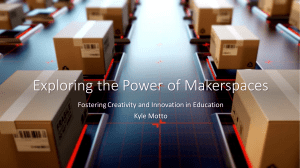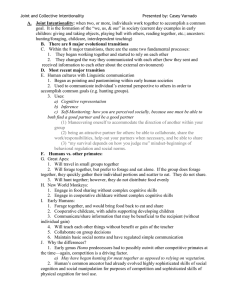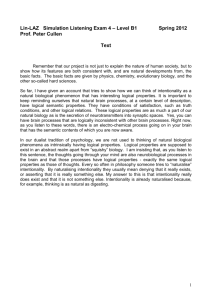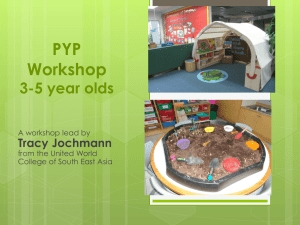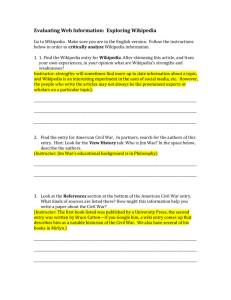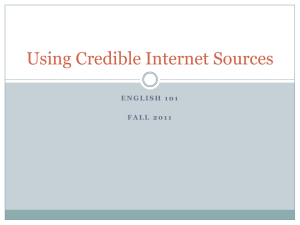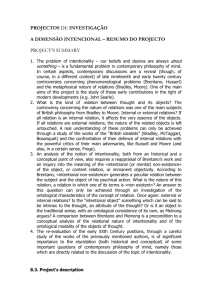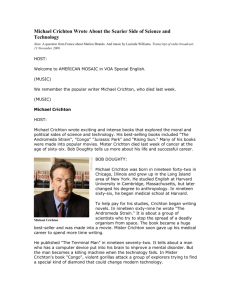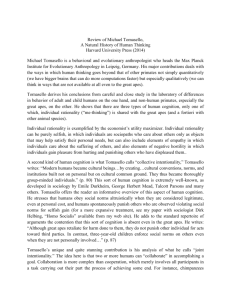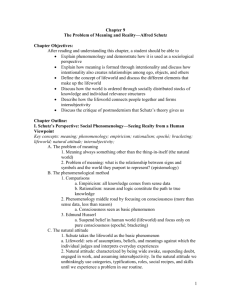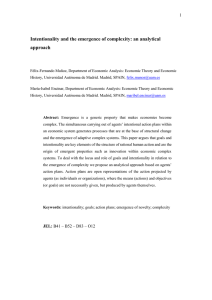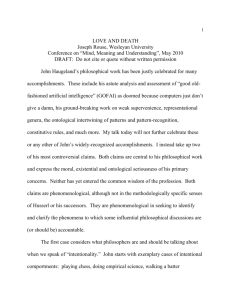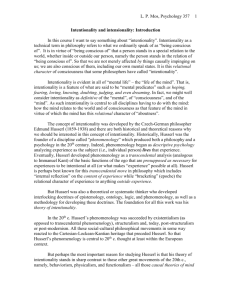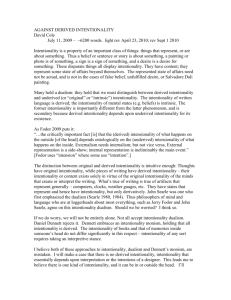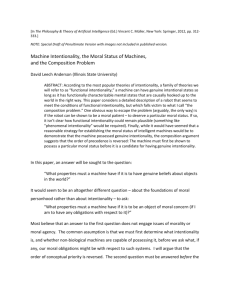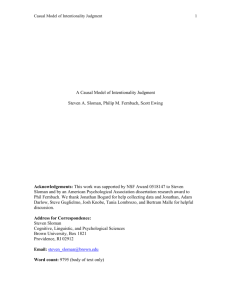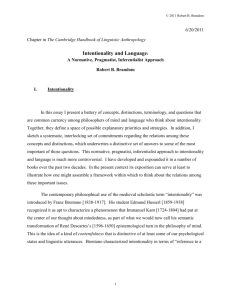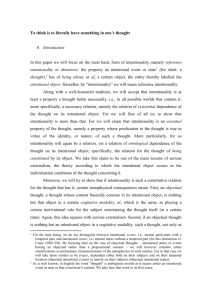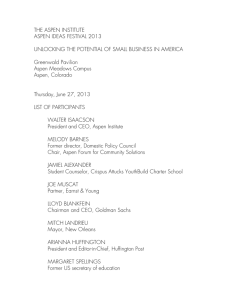Fostering Innovation in Our Schools (pp. 9-12)
advertisement
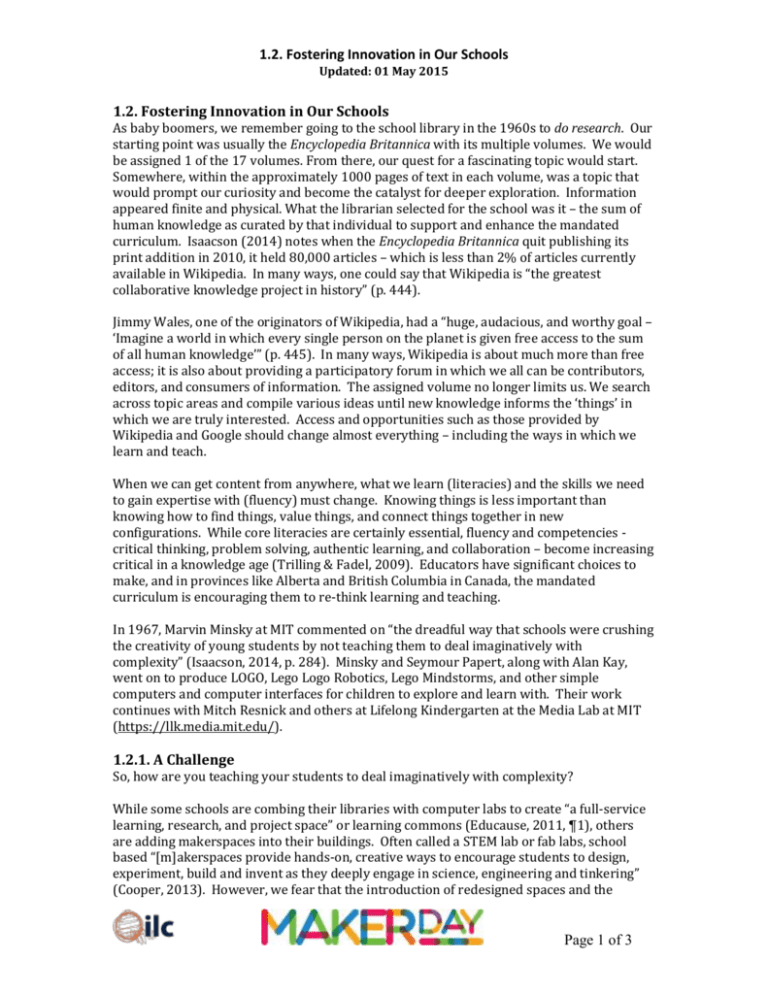
1.2. Fostering Innovation in Our Schools Updated: 01 May 2015 1.2. Fostering Innovation in Our Schools As baby boomers, we remember going to the school library in the 1960s to do research. Our starting point was usually the Encyclopedia Britannica with its multiple volumes. We would be assigned 1 of the 17 volumes. From there, our quest for a fascinating topic would start. Somewhere, within the approximately 1000 pages of text in each volume, was a topic that would prompt our curiosity and become the catalyst for deeper exploration. Information appeared finite and physical. What the librarian selected for the school was it – the sum of human knowledge as curated by that individual to support and enhance the mandated curriculum. Isaacson (2014) notes when the Encyclopedia Britannica quit publishing its print addition in 2010, it held 80,000 articles – which is less than 2% of articles currently available in Wikipedia. In many ways, one could say that Wikipedia is “the greatest collaborative knowledge project in history” (p. 444). Jimmy Wales, one of the originators of Wikipedia, had a “huge, audacious, and worthy goal – ‘Imagine a world in which every single person on the planet is given free access to the sum of all human knowledge’” (p. 445). In many ways, Wikipedia is about much more than free access; it is also about providing a participatory forum in which we all can be contributors, editors, and consumers of information. The assigned volume no longer limits us. We search across topic areas and compile various ideas until new knowledge informs the ‘things’ in which we are truly interested. Access and opportunities such as those provided by Wikipedia and Google should change almost everything – including the ways in which we learn and teach. When we can get content from anywhere, what we learn (literacies) and the skills we need to gain expertise with (fluency) must change. Knowing things is less important than knowing how to find things, value things, and connect things together in new configurations. While core literacies are certainly essential, fluency and competencies critical thinking, problem solving, authentic learning, and collaboration – become increasing critical in a knowledge age (Trilling & Fadel, 2009). Educators have significant choices to make, and in provinces like Alberta and British Columbia in Canada, the mandated curriculum is encouraging them to re-think learning and teaching. In 1967, Marvin Minsky at MIT commented on “the dreadful way that schools were crushing the creativity of young students by not teaching them to deal imaginatively with complexity” (Isaacson, 2014, p. 284). Minsky and Seymour Papert, along with Alan Kay, went on to produce LOGO, Lego Logo Robotics, Lego Mindstorms, and other simple computers and computer interfaces for children to explore and learn with. Their work continues with Mitch Resnick and others at Lifelong Kindergarten at the Media Lab at MIT (https://llk.media.mit.edu/). 1.2.1. A Challenge So, how are you teaching your students to deal imaginatively with complexity? While some schools are combing their libraries with computer labs to create “a full-service learning, research, and project space” or learning commons (Educause, 2011, ¶1), others are adding makerspaces into their buildings. Often called a STEM lab or fab labs, school based “[m]akerspaces provide hands-on, creative ways to encourage students to design, experiment, build and invent as they deeply engage in science, engineering and tinkering” (Cooper, 2013). However, we fear that the introduction of redesigned spaces and the Page 1 of 3 1.2. Fostering Innovation in Our Schools Updated: 01 May 2015 addition of tools and new technologies will not change teaching and learning anymore than the introduction of computer labs fostered digital literacy or frequency and 21st century learning (Trilling & Fadel, 2009). Unless educators intentionally pursue innovation and creativity as learning outcomes, makerspaces will become “imagination ghettos” (Crichton & Carter, 2015) where issues of access, purpose, and ownership resemble those common in the cloistered environments of early computer labs and many of today’s shops and students are tasked with cookie cutter activities and trivial projects to complete. Without intentionality in terms of curricular purpose, teaching and learning may remain the same in these new learning commons and makerspaces. These new teaching and learning environments may be used to only repurpose shop-worn tasks of previous reforms. Access to information allows us all to find ways to create almost anything we can imagine and reach across the globe to find others with the curiosity and expertise to help us design and develop it. 1.2.2. What Might Be Different This Time? Past practice suggests that simply adding new tools and technologies to existing educational activities changes very little in terms of learning outcomes, student achievement, and student engagement (Dunleavy & Milton, n.d.). What typically supports innovation and innovative practices are timing, technology, and intuition. As Einstein states, “A new idea comes suddenly and in a rather intuitive way, but intuition is nothing but the outcome of earlier intellectual experience” (cited in Issaacson, 2014, p. 68). Our intuition, research (Crichton & Carter, 2015; Macintyre Latta & Crichton, 2015), and experience suggests that educators need to experience the excitement of innovating, tinkering, and making something new before they can comfortably invite their students to these activities. Further, when these activities are integrated into formal learning environments such as schools, we suggest intentionality in both purpose and process are required. Intentionality in purpose comes from a deep understanding of the importance of nurturing a mindset for innovative and creative thinking. Put simply, we see an intentional mindset consisting of the following flow: INNOVATION & CREATIVITY FUELED BY CURIOSITY SUPPORTED BY NIMBLE, LATERAL & CONNECTED THINKING GAINED THROUGH PERSONAL EMPOWERMENT & AGENCY TO BUILD CONFIDENCE FOR RISK TAKING & EXPLORATION Intentionality in process includes the components we share in this Toolkit: Ability to development relevant design challenges that support curriculum areas and prior learning (see Section 1.3. Making the Connection to Curriculum: Designing a Design Challenge) Ability to understand, facilitate and engage in design thinking (see Section 1.4. Background to Design Thinking) Ability to participate in and facilitate collaborative prototyping (??) Ability to participate in and facilitate a design charrette (see Section 3.6. Design Charrette and Reflection Panel) Ability to personally reflect on previous practice and facilitate group reflection (??) Page 2 of 3 1.2. Fostering Innovation in Our Schools Updated: 01 May 2015 As human beings, we distinguish ourselves with our ability to consider alternative ways of seeing, doing, and being – to make things and then make those things better. As Isaacson (2014, p. 486) notes, “We process an imagination that brings together things, facts, ideas, conceptions in new, original, endless, every-varying combinations. We weave information into our narratives. We are storytelling as well as social animals.” In our schools we must let those abilities flourish and be nurtured. We believe Maker Day: Taking Making into Our Schools, an immersive professional development approach with an intentionality of purpose and process, is a way to do that, building on what we intuitively know about Making and what we are beginning to know about how learning actually occurs. We believe the timing is right to innovative approaches for educational practices by Taking Making into our schools and fostering curiosity and creativity in the pursuit of personal knowledge building. It is time to combine what we know about learning with the technologies and tools of our times and create engaging learning environments for our students and ourselves. Page 3 of 3
